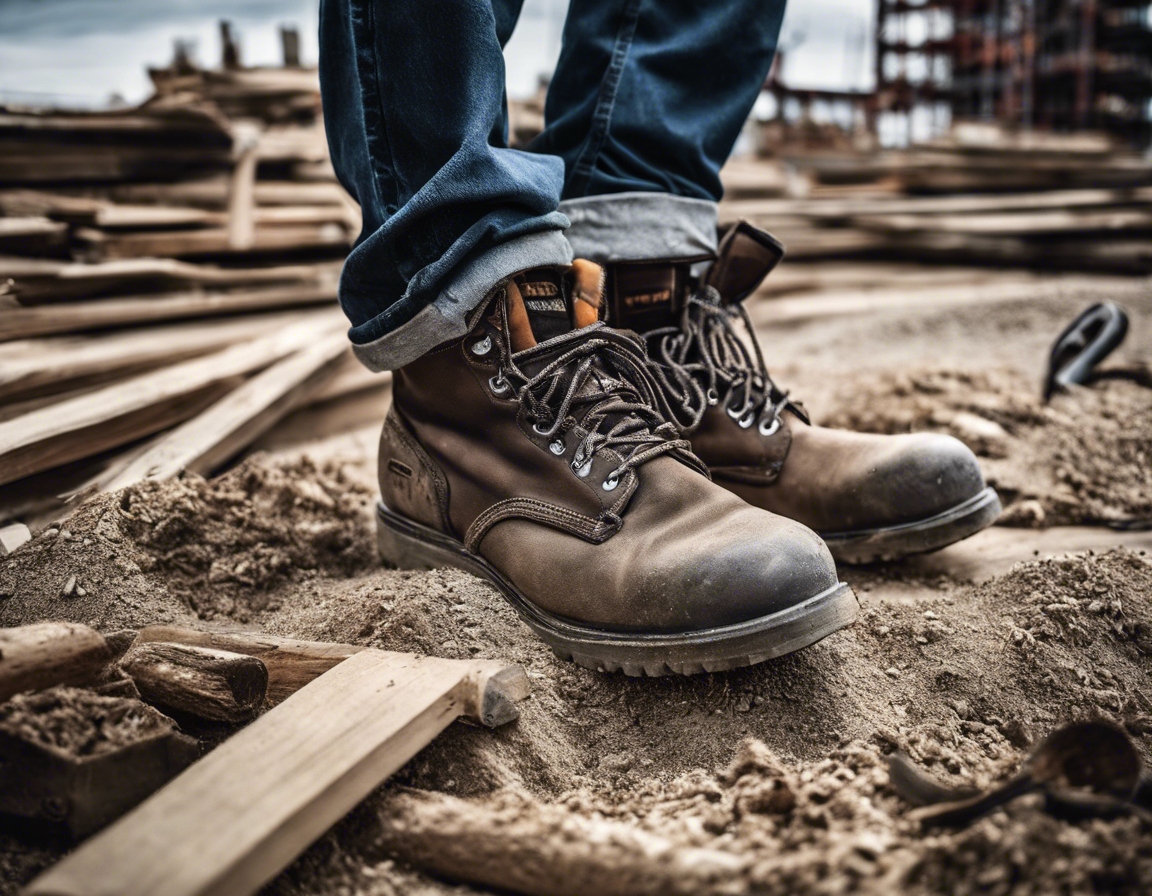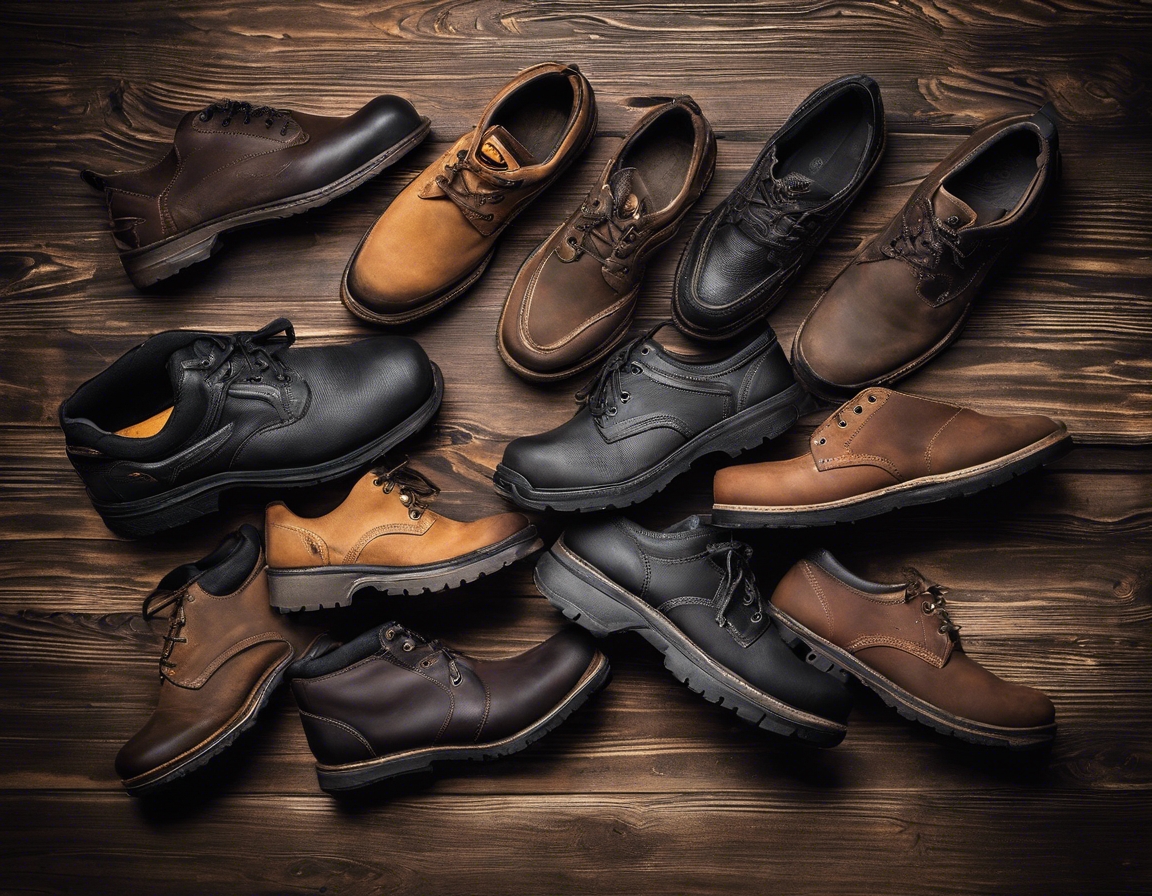The evolution of work shoes: a 20-year journey
Work shoes have undergone a significant transformation over the past two decades, evolving from basic protective footwear to sophisticated gear that offers unparalleled safety, comfort, and durability. This evolution has been driven by technological advancements, changes in safety regulations, and the growing demand for ergonomic and sustainable options.
Professionals in construction, manufacturing, and engineering rely heavily on their work shoes to provide safety and support throughout their demanding workdays. The right pair of shoes can mean the difference between a productive day at work and a debilitating injury.
The last 20 years have seen a remarkable shift in the features and capabilities of work shoes. Let's take a closer look at this journey, highlighting key milestones and innovations that have shaped the industry.
The Early 2000s: The Foundation of Modern Work Shoes
At the turn of the millennium, work shoes were primarily designed with durability in mind, utilizing heavy-duty leather and steel toe caps. However, these shoes often lacked in comfort and flexibility.
Early 2000s also saw the implementation of stricter safety standards, which pushed manufacturers to develop shoes that met or exceeded these requirements.
The Mid-2000s: Technological Advancements and Innovation
With the advent of new materials like Kevlar and composite plastics, work shoes became lighter and more protective. These materials offered similar or better protection than traditional steel, without the added weight.
Manufacturers began to incorporate features such as slip-resistant soles and improved ankle support, addressing the common hazards faced by workers.
The 2010s: A Focus on Comfort and Ergonomics
The 2010s brought a new focus on the ergonomic design of work shoes, with manufacturers recognizing the importance of comfort during long working hours. This led to the development of shoes with better arch support and cushioning.
Technologies such as memory foam insoles and breathable fabrics became standard, ensuring that shoes not only protected workers but also provided a comfortable fit.
The 2020s: Smart Technology and Sustainability
Today's work shoes are beginning to integrate smart technology, such as sensors that monitor environmental hazards or track the wearer's movements to prevent injuries.
There is also a growing trend towards sustainability in work shoes, with the use of recycled materials and eco-friendly production processes becoming more prevalent.
The Future of Work Shoes
Looking forward, we can expect to see further integration of technology and a continued emphasis on sustainability. Innovations such as 3D printing could revolutionize customization and fit, while advances in material science may lead to even more durable and lightweight designs.





Comments (0)